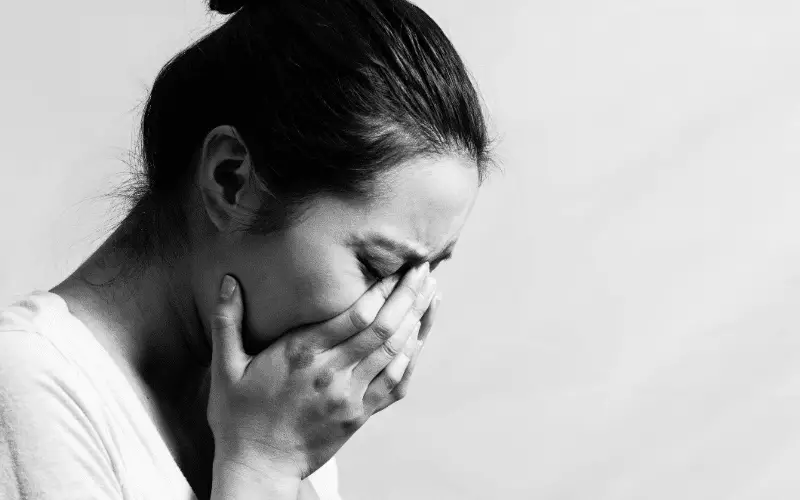Introduction
Have you ever experienced a change in mood, energy levels, and motivation during the winter months? It’s possible that you may be experiencing Seasonal Affective Disorder (SAD), a type of depression that affects many people worldwide. SAD is a seasonal condition that occurs during the fall and winter months, but some people may experience symptoms during the spring and summer months as well.
In this article, we’ll discuss the top 10 symptoms of SAD that you should be aware of. We’ll also provide tips on how to manage SAD symptoms and improve your overall well-being during the winter months.

What is Seasonal Affective Disorder?
Seasonal Affective Disorder (SAD) is a type of depression that affects people during specific times of the year, typically during the fall and winter months. The exact cause of SAD is not known, but it is believed to be related to changes in daylight hours and the body’s natural circadian rhythm.
Symptoms of SAD can vary from person to person, but they typically include persistent feelings of sadness, low energy levels, changes in appetite and sleep patterns, and difficulty concentrating. SAD can significantly impact a person’s daily life and can lead to a loss of interest in activities they once enjoyed. (1)
Symptom 1. Persistent sadness

Feeling sad or down is a normal part of life, but if you’re experiencing persistent feelings of sadness, emptiness, or hopelessness, you may be experiencing SAD. This symptom can be debilitating and impact your ability to function in your daily life. You may find it difficult to enjoy activities that once brought you pleasure, such as spending time with friends or pursuing hobbies. The sadness may feel overwhelming and unrelenting, making it challenging to focus on other aspects of your life.
If you’re experiencing persistent sadness, it’s important to seek help from a mental health professional. Talk therapy, medication, and light therapy can be effective in managing this symptom. (2)